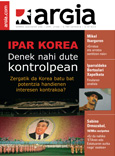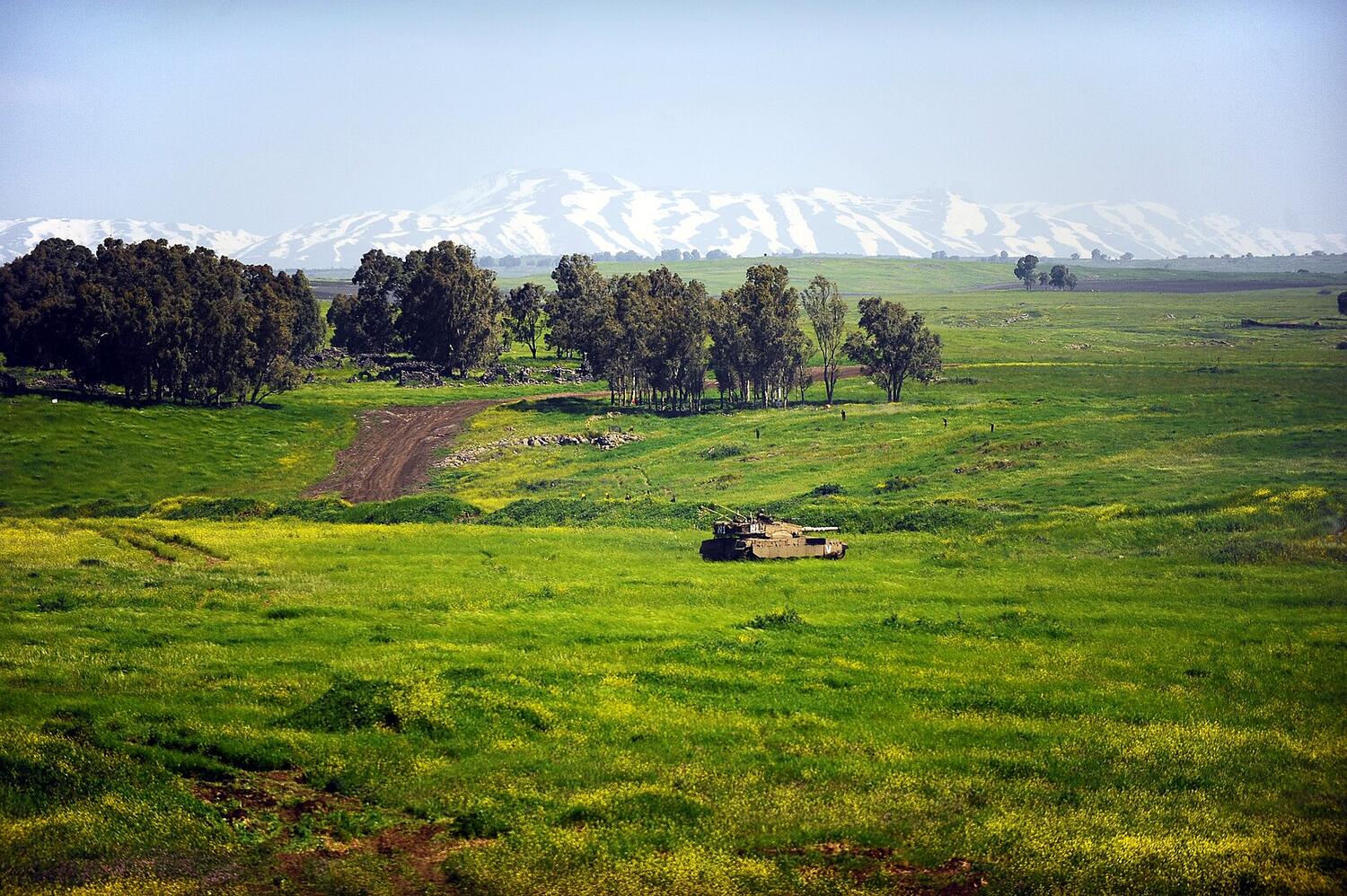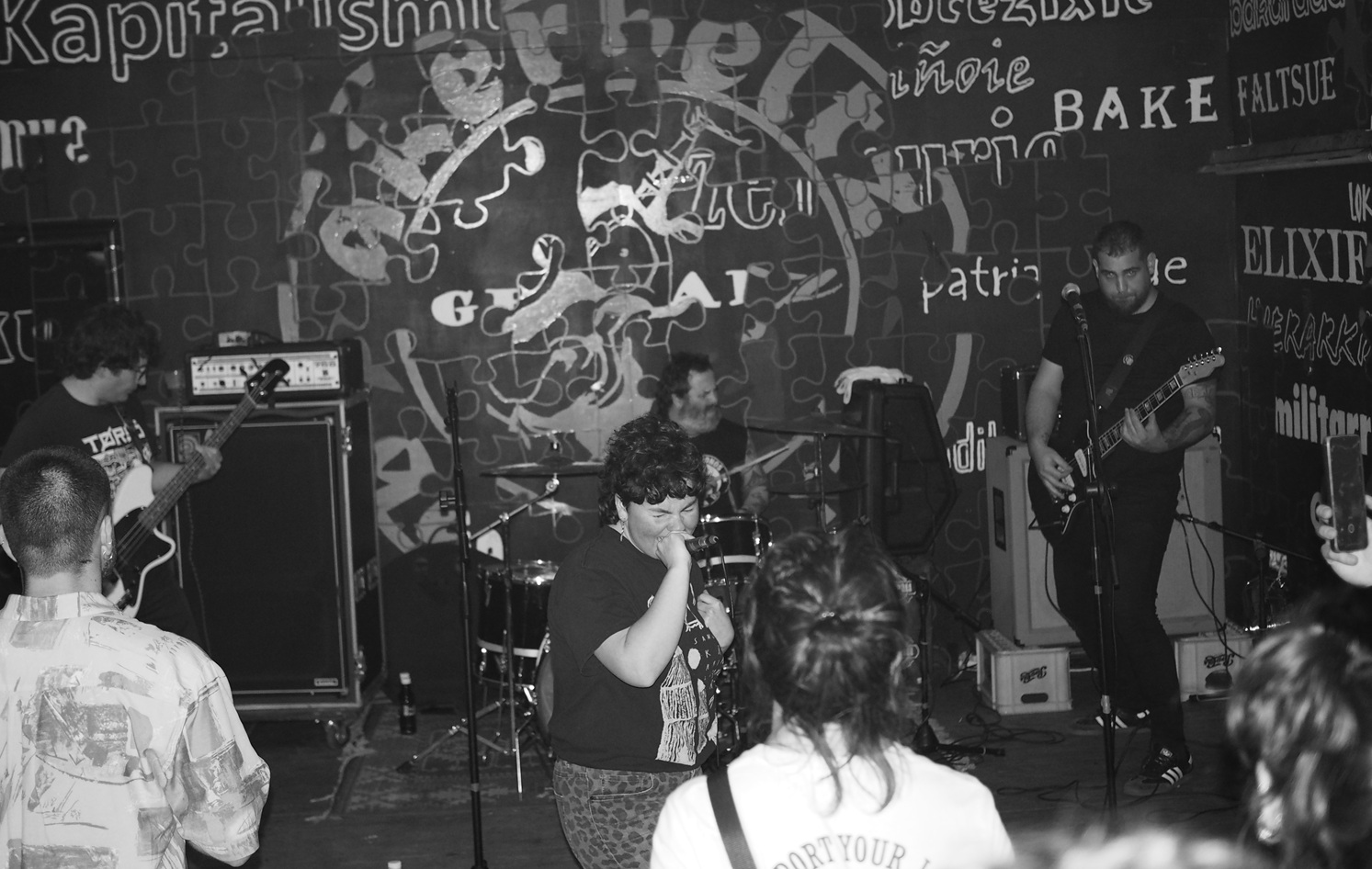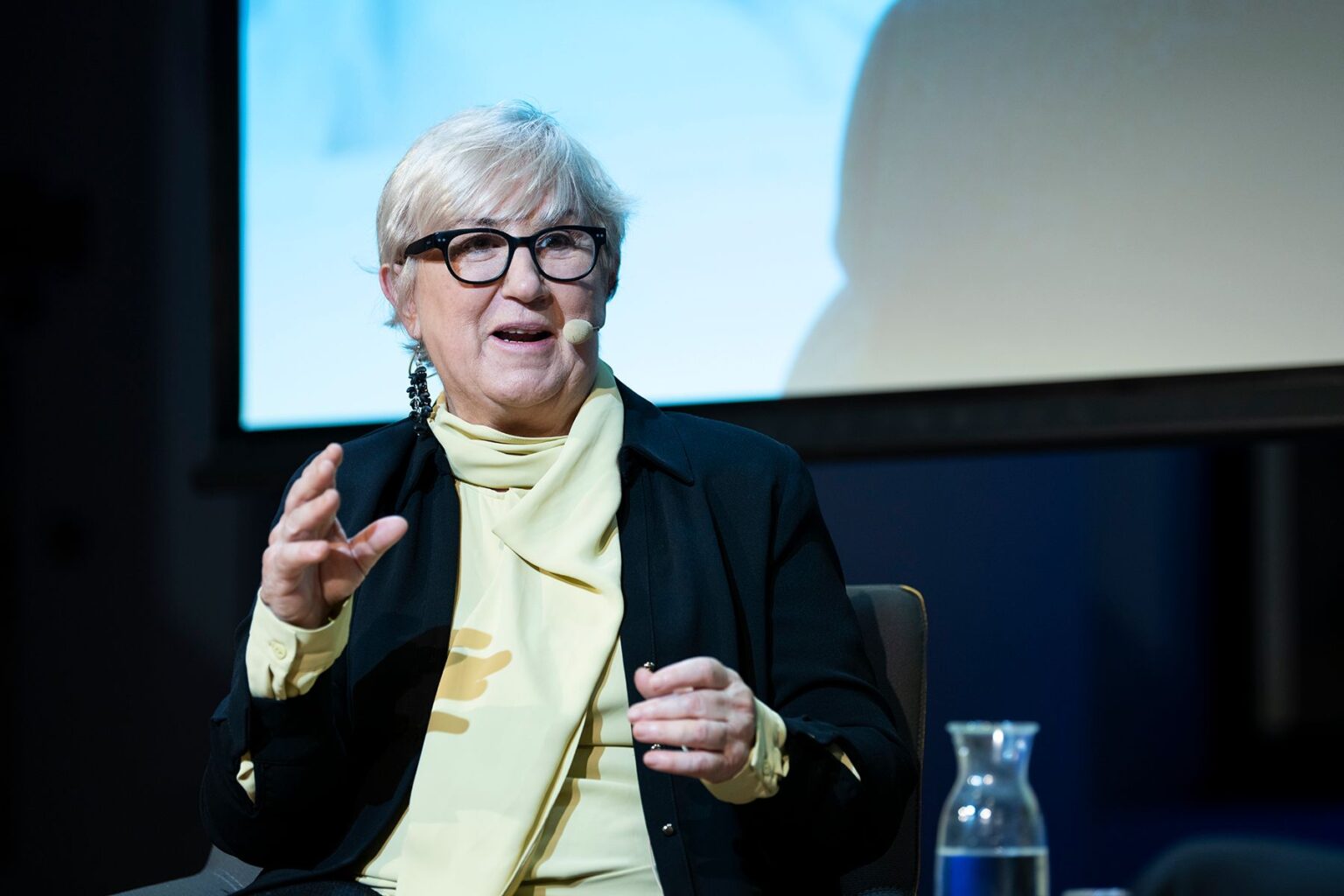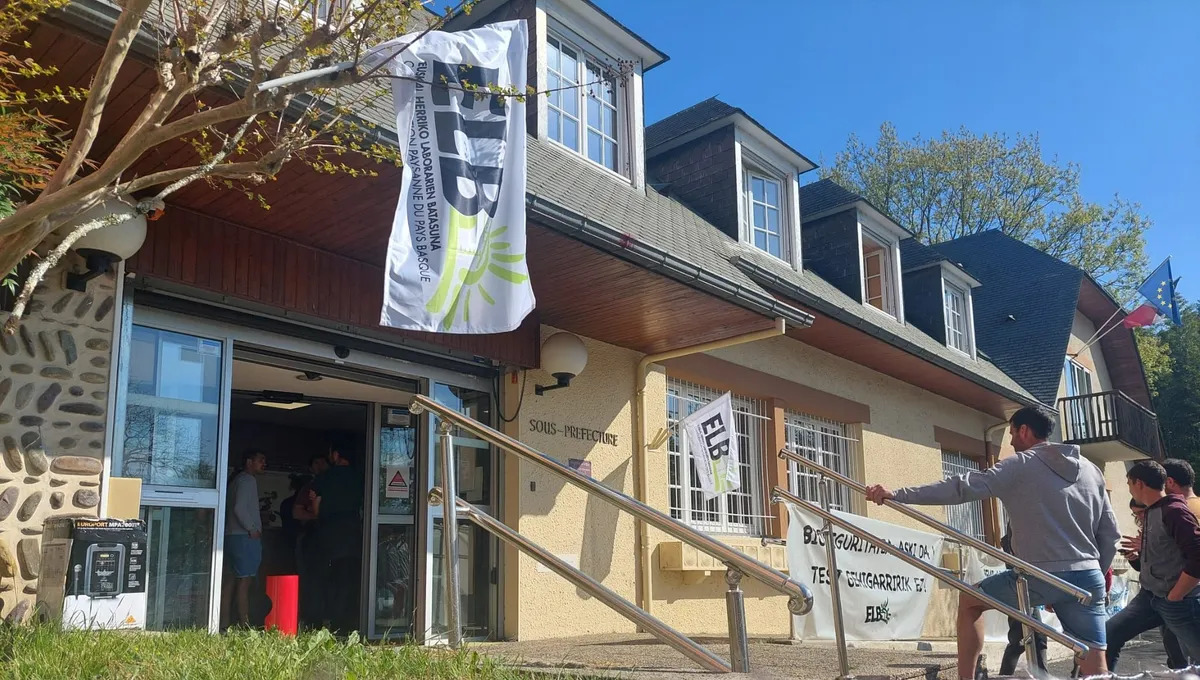“Violence and resistance cannot be compatible”
- San Sebastian, 1953. He's a journalist. Sentenced in Case 18/98 in the Section of the Fundación Joxemi Zumalabe. The accusation alleges that the Zumalabe Foundation has “collaborated with ETA.” The Supreme Court Prosecutor has requested that five members of the Foundation, including himself, be declared innocent. But the AVT is still tough. At the moment they are free under the guarantee of 20,000 euros, pending the decision of the Supreme Court.
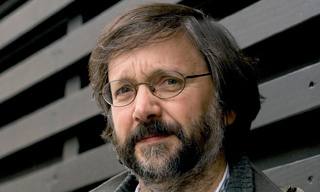
Help us understand Case 18/98 from the perspective that you are a member of the Joxemi Zumalabe Foundation.
The Zumalabe Foundation was created to research groups in the social movement: to promote relationships among them, as well as to analyze and guide issues in different areas. Social movements recovered in the 1970s and consolidated in the 1980s. They have been diverse: they have promoted feminism, antimilitarism or environmentalism, among others. Seeing the decline of a cycle in the 1990s, the Foundation was created to promote new ideas. In Case 18/98 we are basically accused of this. We are “paying” to collaborate with other teams.
This was the period before and after the Lizarra-Garazi Agreement.
Oh, yeah, yeah. He was finishing one cycle in social movements and creating another. ETA, for its part, had recently opened new fronts and the State had done the same. He then founded the thesis of the Entorno: “All the groups in the popular movement are used by the vanguard.” The last thesis was “Everything is AND”. “There are no borders or borders.” The state expanded the scope of criminalization.
Even those whose goal was to promote the framework of civil disobedience were included in the State’s goal.
Civil disobedience became a dangerous tool for the state. During the 1999 Encounters, we prepared a guide to make known what the different groups in the different areas were doing. The initiative was public, represented by 300 people. The people of Mugi had been created and in the following days the three transversal themes were analyzed: that of the media, that of the territorial organization and that of civil disobedience. All this took place during the ETA ceasefire in 1998-1999. Reference was made to the second transition, including at the institutional level. Civil disobedience, non-violence, the tendency to not obey... began by strengthening and expanding in society. But it's just that...
What are the groups that worked in the popular movement today?
The groups are weak due to many factors. They are meditating to open another cycle. For example, they are working on the idea of participation. Because when the people have mobilized, they have not given us the opportunity to participate, they have deactivated us. Now that the institutions have taken up this discourse, society is not willing to mobilize, it is “broken”. Society has changed, it sees no way to channel claims, at least not in the same way as before. We are now working on the way to express, mobilize and organize the way in a different way in the target group. Unfortunately, the previous cycle has not yet been closed and it is difficult to open a new one. The vanguards continue to think that they have to go ahead, both the State and ETA, as well as the political parties. They also want to lead social movements. It's not just the disease of the patriotic left.
The popular movements have brought something in any case.
There are achievements, of course. We have won several areas: some areas related to feminism and ecology, among others. The popular demands of these thirty years have been seemingly taken over by the institutions at least and the movements have been weakened. Society is living in a different dynamic. There are new questions and a great need to work on theories.
The motto “The Way To The End” is alive.
We follow Gandhi's lead. In other words, what we do points to the goal. Unlike in the past, we need to see the goal today and now, not tomorrow. There was a time when socialism was the goal and alternatives to it were being worked out. Today, the day has gained strength. In our case, in the practice of civil disobedience and non-violence, you cannot say that you are against injustice and create more injustice in your path, use inappropriate tools and spread the suffering even more...
You have written about victims and suffering in the Map of Inaction of Suffering. You're working on the subject, as we know.
Oh, yeah, yeah. The framework and the issue are yet to be completed. It is a partial reading of the suffering of the victims. Everyone experiences suffering from their own situation, we do not see the situation of others. The victims are our children, friends or partners, not those on the other side. In this work I tried to make a general picture, explaining what the situation is and how many types of victims there are. I continue the task, as some include all the victims in “Las víctimas”. “The victims said so.” But how many victims are there? There is no single type of victim.
You talked about that framework and that work in the trial against you.
At the trial I presented the book in my defense, while the prosecutor made the following reading: “Judge to the tribunal that counts on the peculiar vision that has the Lord Ormazabal of the víctimas.” In Madrid, it is considered an insult to put all the victims in the same photo. I have not made comparisons or hierarchies between the victims. They shouldn't be first- and second-degree victims, but unfortunately, they are. My motto is that suffering is very widespread and that in order to solve yours you have to take into account that of the other. You have to look the other victims in the eye and if you want them to respect your situation, you have to respect their situation as well. If we do not do this, it will be very difficult to resolve the conflict. The victims were completely forgotten politically, it was a huge void. That's the problem today. For a few years, some were completely ignored, and lately others were ignored. Ending ETA has become a necessity, the state uses discriminatory repression – including torture – to quickly end the conflict.
Is the slogan “Active Nonviolence” still alive today?
Oh, yeah, yeah. On the Boulevard of San Sebastián we carry out the initiative “Make the way to peace” twice a month, for example. ETA’s latest ceasefire was officially unfinished. The idea is this: so far we have gone out to the streets to denounce attacks or repression, showing the reaction of the action. Now we come out in an optimistic way. A similar initiative is taking place in the Islands of Navarre and Bilbao. It is a meeting point for dialogue and non-violence, we want to promote the participation of the people. In other words, we call on those who have political responsibility to open up a new peace process, but with society in mind. We believe that unless popular initiatives are active, the process will be difficult to carry out.
You continue to work in the hope that the new peace process will be addressed.
Yes, but peace will not come by itself, peace must be cultivated. The process must serve to accelerate the slow state of society. For example, the words peace or democracy are distorted, they have a thousand readings. New initiatives must be promoted from the bottom up, they will not come from the top down, the social fabric must be combined horizontally. The path is a commitment to goals and non-violence, but it is active or not.
It is therefore necessary to encourage new winds in favour of the new process.
Yeah, but we can't wait for the new winds to come. Everyone has to start their own ventilator, that’s the commitment. It is not enough to say “I am against ETA or the State” without being active. Today’s society is very comfortable. We need new slogans, we can’t repeat the same logos and slogans that have been used in the last 30 years.
“It’s the only way to fight.”
For example, for example. We can't use aggressive words forever. We need to create another political culture: the struggle is a daily task, it’s not just going to manifest. The struggle is to build a social network. The struggle is to respect all people. I know that these are pompous phrases, but we cannot confine the concept of struggle to the mere fact that it is a matter of force. The only one is the restrictive adjective. Violence and resistance cannot be compatible and the creative projects and ideas that civil resistance has been using for all these years cannot be ignored.
Our history of the last forty years is, as it turns out, confusing.
Yes, but let’s remember that the Ikastolas were born from the perspective of non-violence. “If we can’t open a school, we’ll do it at home,” they said and did. There were diverse people and a variety of trends. Which was actively compromised and compromised. This attitude is deeply rooted in our country. We cannot think that violence has been the only tendency to struggle. Those of us who have reached a certain age cannot accuse young people of anything; on the contrary, we must show them that there are other paths. Nor can we say that this will save us compared to the other ways. It's not a magic wand. We must continue to work as the humble and the ants.
Lekeitioko Udalak jakinarazi du bandako zuzendariak tratu txarrak eman izana jaso dutela, hainbat testigantzaren bidez. Udalak azaldu du, Eusko Jaurlaritzaren aholkuak jarraituta, hainbat pauso eman dituztela, besteak beste, zuzendariarekin hitz egin, eta testigantzak jaso... [+]
Zibilentzat antolatutako txangoak igande honetatik aurrera egin ahal izango dira, printzipioz astebetez, eta egunero bi ateraldi antolatu dira. Sarrerak berehala agortu dira.
Until now we have believed that those in charge of copying books during the Middle Ages and before the printing press was opened were men, specifically monks of monasteries.
But a group of researchers from the University of Bergen, Norway, concludes that women also worked as... [+]
Florentzia, 1886. Carlo Collodi Le avventure de Pinocchio eleberri ezagunaren egileak zera idatzi zuen pizzari buruz: “Labean txigortutako ogi orea, gainean eskura dagoen edozer gauzaz egindako saltsa duena”. Pizza hark “zikinkeria konplexu tankera” zuela... [+]
Ospitaletik irten eta berehala prentsaurrekoa eman du Iker Aranak, Errekaldeko gaztetxearen aurrean. Gaztetxearen desalojoan ertzainek "neurrigabeko indarkeria" erabili zutela salatu du, eta salaketa hurrengo egunetan aurkeztuko du.
Aposapo + Mäte + Daño Dolor
Noiz: apirilaren 5ean.
Non: Markina-Xemeingo Akerbeltz Gaztetxean.
---------------------------------------------------------
Erosketetarako orgatxoa barazkiz beteta egin dut gaztetxerako bidea, eta haiek mozten eman dugu iluntzea... [+]
Gipuzkoako Euskal Pilota Federazioak 100 urte betetzen ditu aurten. Ospatzeko antolatu dituen ekitaldien artean dago apirilaren 12an Zumarragan egingo den bertso saio berezia. Pilotari bat arituko da gai-jartzen, eta pilotarekin harremana duten Gipuzkoako lau bertsolari kantuan... [+]
Eneko Mendiluze Plaza psikologoak gaueko beldurren inguruko zenbait gako eman ditu. Nabarmendu du guraso bakoitzak ikusi behar duela zer datorkion hobeto umeari.









